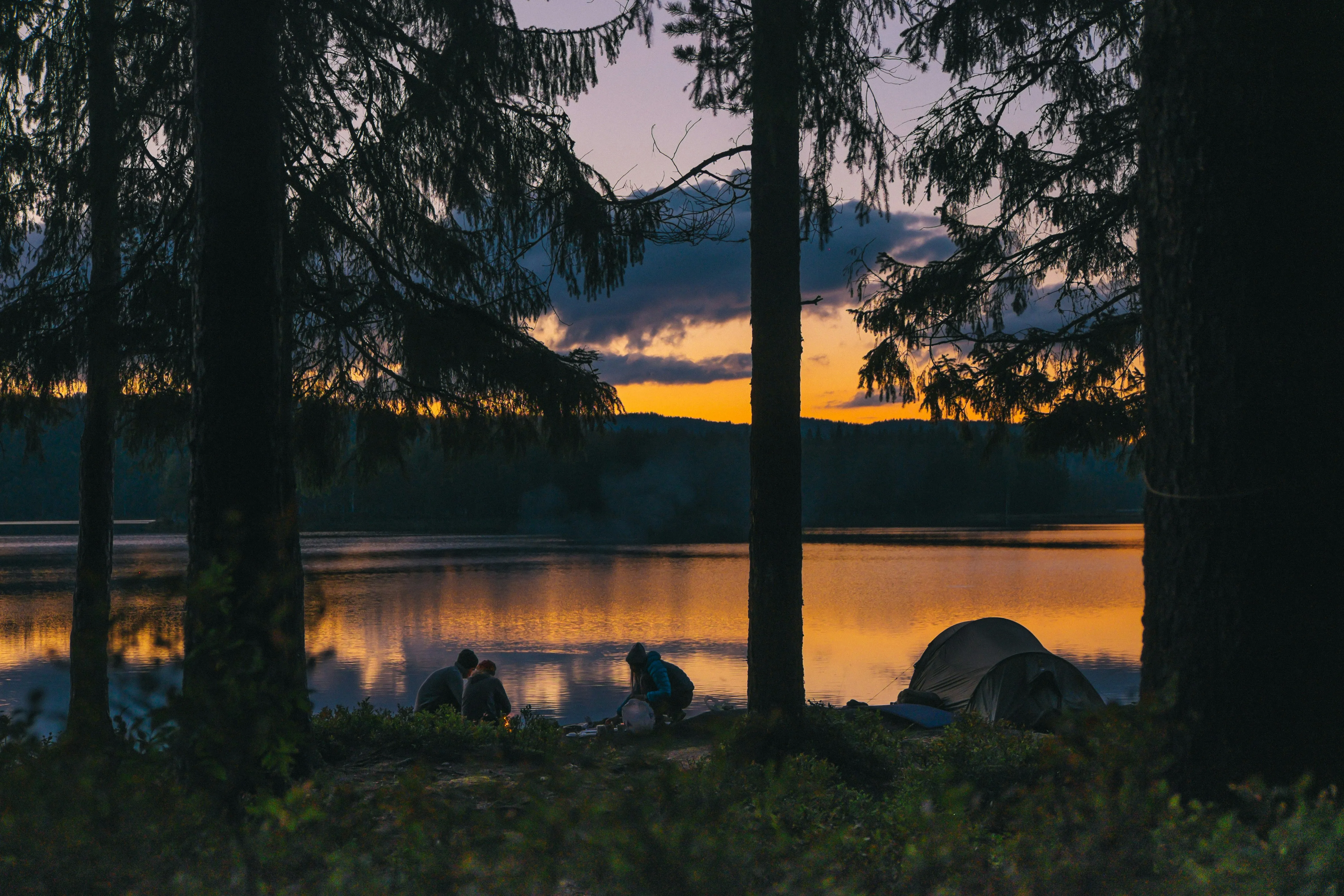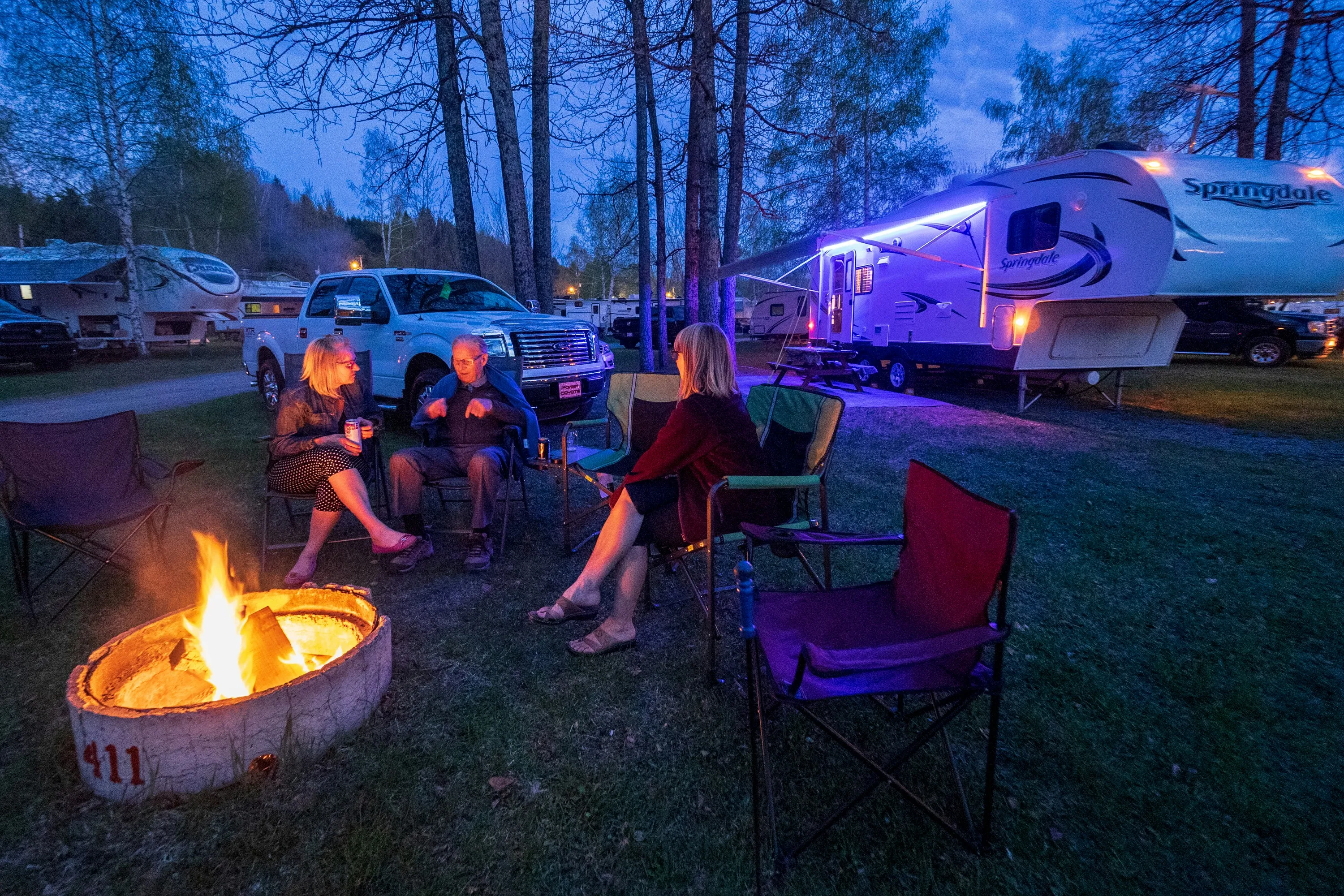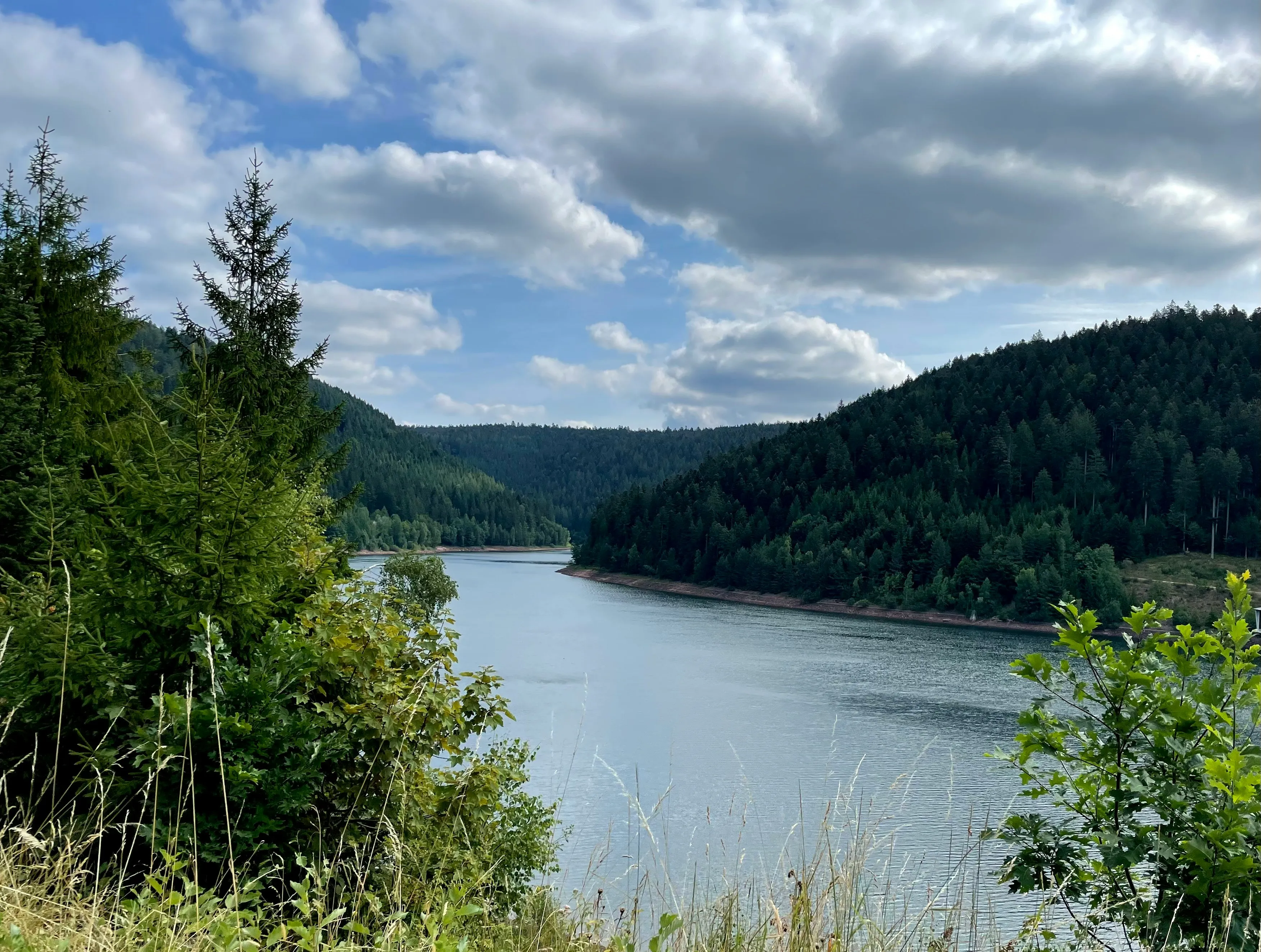Booking-Book far enough ahead of your trip dates to have choices in where you stay
Rig size-Find a campsite that can accommodate the size of your rig – including your hitch. Also consider if your camper has slide-outs. If you don’t fit, the campground may turn you away if they have nowhere else to put you.
Hook-ups offered-Know what is offered at your destination – do you want to dry camp with no running water or electricity? Do you want full hook-ups with sewer, water and electricity, or any combination of those? Does the campground you choose have what you want? If not, you’ll either have to adjust, or find another location.
Pulling-Can you successfully pull a camper? Can you back it up? You may want to find a site that has pull through location…or spring for the offered delivery and set-up
Leveling-Campers must be level to avoid damage. Is the chosen campsite level? Do you need to bring extra jack leveling blocks to level camper properly?
Utility hook-ups-If you don’t know what you’re doing, read the provided instructions.
Electricity hook-up-Surge protector absolutely must be used. Campground electrical hook-ups can sometimes be faulty due to mis-use
Water pressure regulator-Absolutely must be used. This avoids bursting waterlines as pressure from water spiggots is way too strong for camper water lines
Packing-Think through what you use in an average day – chapstick, towels, bug spray, shampoo, etc.
Plan for the weather
Don’t be afraid to bring back-up supplies
.longAJsFamilyCamperRentalLogoWhiteBackgroundLg-d8ec7e7a58746bc483d89f0598193d7e558040f11334a91aeb4d0cb2147c454c.png)
.Information-d52cbcf80312f7ddd4d01cbdb82eb4a3c86d6430a86c2b1164bdb6faf05193b2.jpeg)
.ToiletPaper-7297e0d9974a1bdfb12e36e5f8c0a6a581918dcd4c714b7049324e2f125a710c.jpeg)
.pillowanddog-3980b8e53bd8147ba1e60cb1a8ddfd6f50a602ab04ffcc92a0c60f14c7f36c18.jpeg)
.AdventurePlanning-f55633e7f15b8ca8013d5db6e3ebdbaef83d91ae6cb365a9f8bef820fd28940c.png)




.runningkids-38d2c26079681da7eeac832a9da3e8968d929f26d36fdcd693f60b16396cd3af.jpeg)